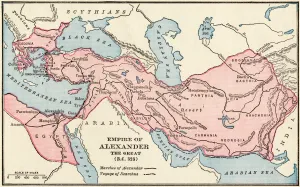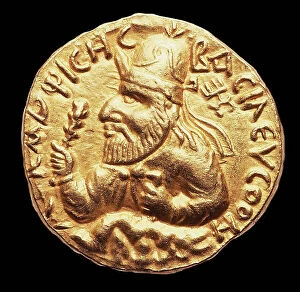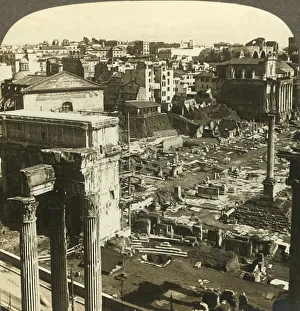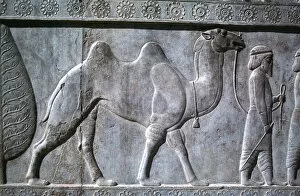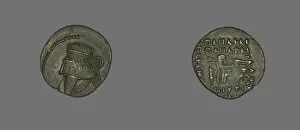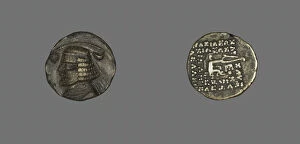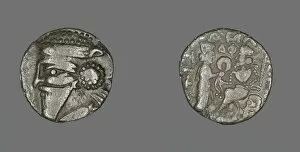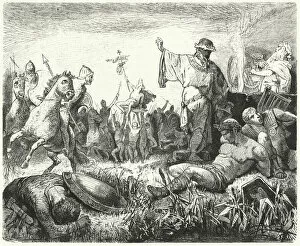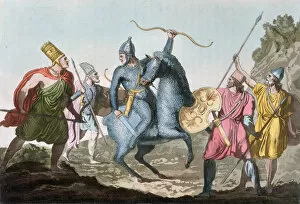Parthia Collection
"Parthia: A Journey through Ancient Lands and Time" Step into the world of Parthia, a captivating civilization that flourished in ancient times
All Professionally Made to Order for Quick Shipping
"Parthia: A Journey through Ancient Lands and Time" Step into the world of Parthia, a captivating civilization that flourished in ancient times. From its rich history to its opulent treasures, there is much to discover about this remarkable empire. (PANC2A-00003) Unearth the secrets as you delve deep into its fascinating past. Explore the ruins of temples and marvel at architectural wonders like the Temple of Vespasian and Arch of Severus in Rome, Italy (c1909). Join Thomas the Apostle on his legendary journey (Thomas the Apostle 2), where he spread Christianity across Parthia's vast territories. Learn about his encounters with diverse cultures and witness how his teachings shaped this region forever (Thomas the Apostle). Embark on a luxurious voyage aboard RMS Parthia, where elegance meets grandeur. Indulge in exquisite dining experiences at RMS Parthia's Lounge, Restaurant, and Cocktail Bar - each offering a taste of refined sophistication. Adorn yourself with stunning Earrings made from gold & garnet - reminiscent of Parthian craftsmanship that blended beauty with intricate designs. Feel like royalty as you wear these timeless pieces inspired by an era long gone. Discover influential figures such as Marcus Licinius Crassus, a Roman general and politician whose ambitions clashed with those of mighty Parthians (engraving). Witness their power through Drachm Coins portraying King Mithradates IV, Gotarzes II, Orodes I - symbols of wealth and authority during their reigns. Immerse yourself in tales woven within every corner of this ancient land; let your imagination transport you back to an era filled with mystery and allure. Experience the magic that lies within Parthia's hidden gems – both literal and metaphorical – waiting to be explored.

